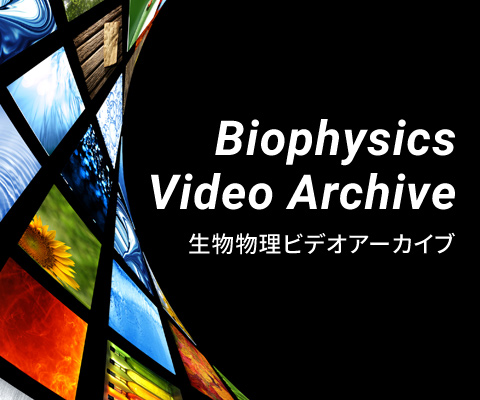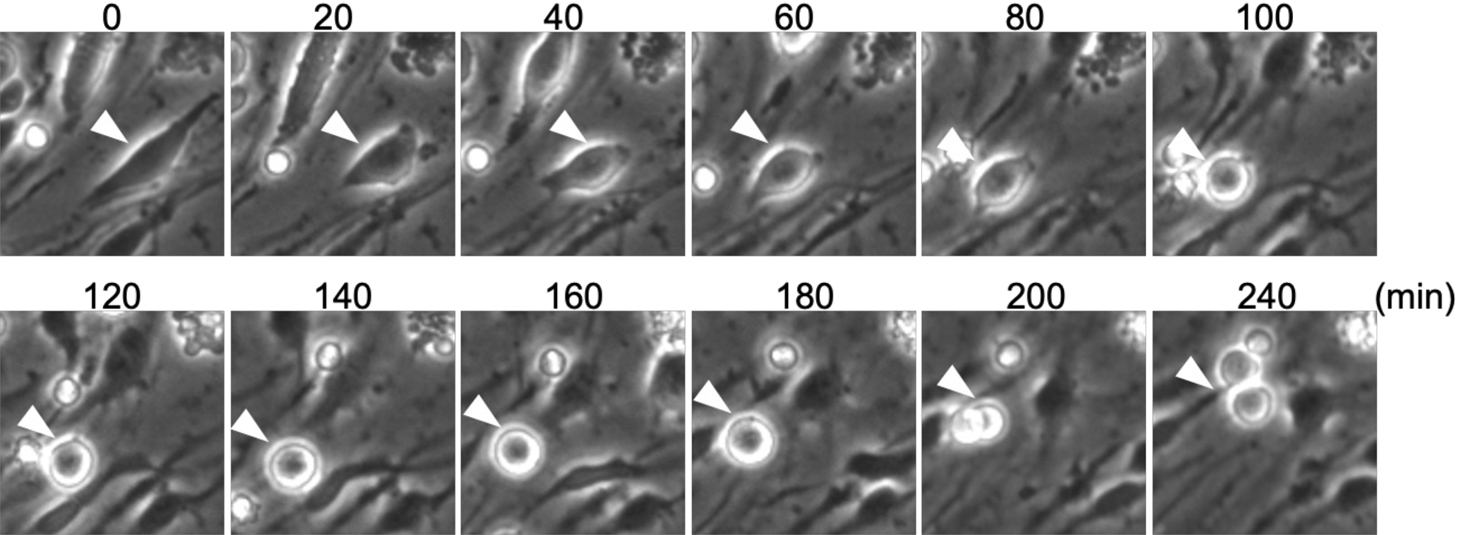1
"Real-time imaging of human endothelial-to-hematopoietic transition in vitro using pluripotent stem cell derived hemogenic endothelium" by Yuriko Yoneda, Hisaya Kato, Yoshiro Maezawa, Koutaro Yokote, Mio Nakanishi is published in BPPB as the J-STAGE Advance Publication.
2024 March 22 BPPB
A following article is published as the J-STAGE Advance Publication in "Biophysics and Physicobiology".
Yuriko Yoneda, Hisaya Kato, Yoshiro Maezawa, Koutaro Yokote, Mio Nakanishi
"Real-time imaging of human endothelial-to-hematopoietic transition in vitro using pluripotent stem cell derived hemogenic endothelium"
URL:https://doi.org/10.2142/biophysico.bppb-v21.s015
- Abstract
- During embryogenesis, human hematopoietic stem cells (HSCs) first emerge in the aorta-gonad-mesonephros (AGM) region via transformation of specialized hemogenic endothelial (HE) cells into premature HSC precursors. This process is termed endothelial-to-hematopoietic transition (EHT), in which the HE cells undergo drastic functional and morphological changes from flat, anchorage-dependent endothelial cells to free-floating round hematopoietic cells. Despite its essential role in human HSC development, molecular mechanisms underlying the EHT are largely unknown. This is due to lack of methods to visualize the emergence of human HSC precursors in real time in contrast to mouse and other model organisms. In this study, by inducing HE from human pluripotent stem cells in feeder-free monolayer cultures, we achieved real-time observation of the human EHT in vitro. By continuous observation and single-cell tracking in the culture, it was possible to visualize a process that a single endothelial cell gives rise to a hematopoietic cell and subsequently form a hematopoietic-cell cluster. The EHT was also confirmed by a drastic HE-to-HSC switching in molecular marker expressions. Notably, HSC precursor emergence was not linked to asymmetric cell division, whereas the hematopoietic cell cluster was formed through proliferation and assembling of the floating cells after the EHT. These results reveal unappreciated dynamics in the human EHT, and we anticipate that our human EHT model in vitro will provide an opportunity to improve our understanding of the human HSC development.





